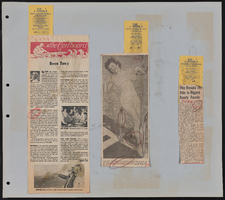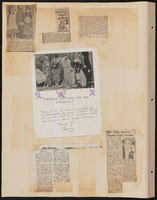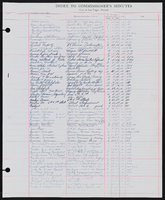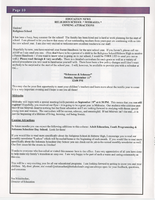Search the Special Collections and Archives Portal
Search Results
JW Zunino Landscape Architecture Records
Identifier
Abstract
The JW Zunino Landscape Architectural Records contain landscape and architectural drawings depicting work performed in Las Vegas, Nevada between 1986 to 2003. Casino work includes The Mirage Resort Hotel and Casino, the Monte Carlo Hotel and Casino, Tropicana Hotel and Casino, Suncoast Hotel and Casino, Caesars Palace, and Desert Inn Hotel and Casino. The records also include work performed for parks, residential properties, public and civil buildings, and commercial facilities.
Archival Collection
Clark County 208 Water Quality Management Plan Records
Identifier
Abstract
The Clark County 208 Water Quality Management Plan Records contain reports produced by consultants and agencies for the Clark County Board of County Commissioners to create the Clark County, Nevada 208 Water Quality Management Plan (1960-1990). The collection also includes amendments and studies about the implementation of the plan.
Archival Collection

Transcript of interview with Cynthia Cicero, Tina Boag, Betty Brown, and Jan Ravetti by Claytee D. White, March 28, 2014
Date
Archival Collection
Description
Text
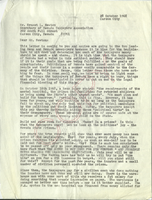
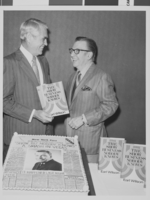
Photograph of Mayor Oran K. Gragson (left) with author Earl Wilson, circa 1971
Date
Archival Collection
Description
Image
Bill Willard Papers
Identifier
Abstract
This collection is comprised of the personal papers of noted Las Vegas entertainment writer, producer, and critic Bill Willard, which date from 1887 to 1999. It contains material on his father's theater and political involvements as well as Willard's early childhood and high school years. His time in the United States Army is chronicled by the editorials and correspondence he wrote. His papers trace his continued involvement in writing, entertainment, and art which culminated in his direction of the Arnold Shaw Popular Music Research Center. The collection also includes pictures of his artwork, articles he wrote for various newspapers and magazines, scripts, skits, jokes, awards, over 700 audio cassette recorded interviews done for the "Rap with the Artist" series, and personal memorabilia.
Archival Collection

